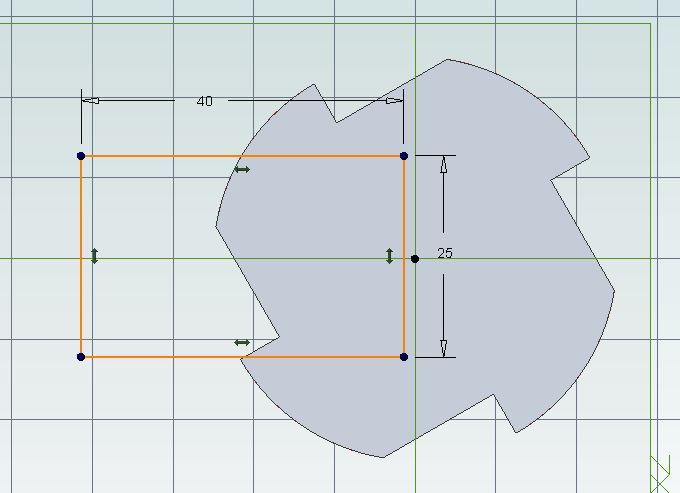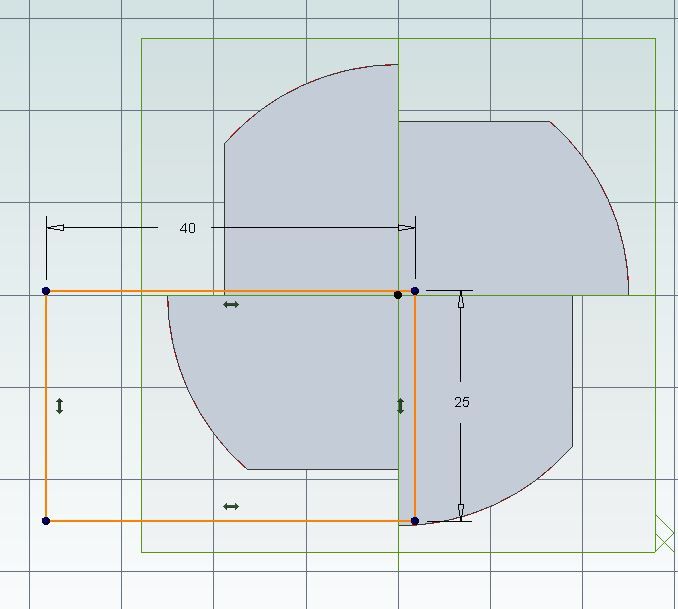Muzzer: Thank you for your response and questions.
I, too had trouble with Harvey's meaning of "tangent", until I made a simple 2D pencil drawing and played with an imaginary (transparent circle) endmill hovering over the drawingl. Harvey's main suggestion is to make the cut-length as long as possible to avoid hammering. This took a few trials on paper to understand when that would and would not occur and why Harvey described this arrangement of the cutter's path as "tangent" to the workpiece. I had to lookup the Wikipedia definition of tangent and relate that to the imaginary "tool-path". If it helps, ignore the "tangent" concept and focus on "maximum cut-length". I think tangent is tangential to the solution.
As is so often the case, the cut width and depth were limited by the drawing/project conditions. So using the full length of the flute to "load and dampen" the tool was not possible. Also not possible to use the full cutter width. The task was also not a slotting cut, I think it is called a profiling cut (along the edge).
Yes, as you suggested, a second tooth in the cut would balance the load and reduce cutter deflection (which makes the hammering sensations worse). In the imaginary case, it can be seen that two of the four teeth were in the cut when the cut length was at its maximum.
The available tool was a 40mm carbide insert 4-flute facemill and the workpiece 20mm width. Why? Because this event occurred in a Vocational-Tech classroom with tooling limitations. Many of us must carry on with less than optimal kit.
You asked: "Do you mean the cutter should be placed centrally." No. If you place a 40mm cutter centrally on a 20mm wide workpiece, I found that the cut-length will be quite short (and per Harvey, you will truly get a hammering effect as the insert is then positioned nearer to 90° for much of the shortened cut-length. Harold Hall also explains this in his WPS: Milling, a Complete Course via Sk.4.
James Harvey's suggestion was to try to use a cutter not much wider than the workpiece (not practical in this case).
Paul
Mark Rand.






